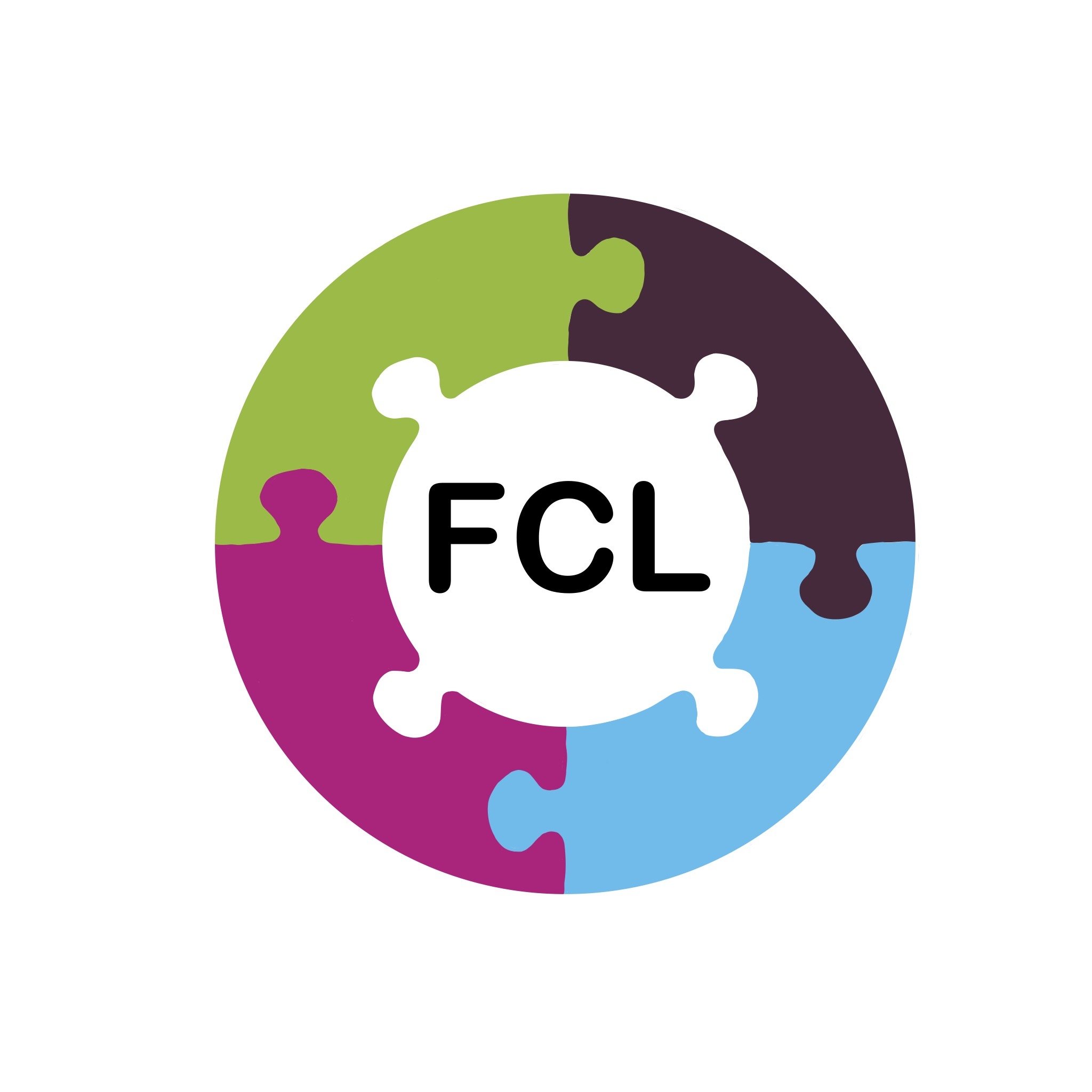Bracken Control
In the past bracken was mown by upland farmers and then dried and used as bedding for their livestock during winter. Today, this has largely ceased as a practice due to the amount of labour required to gather and dry the bracken.
This decline in management, together with the reduction in the numbers of cattle turned out on commons, has allowed bracken to colonise large areas of common.
As the bracken becomes more established, a deep layer of litter develops below it which kills other vegetation and reduces the quality and quantity of grazing on the common. Bracken can grow three metres high and has a complex rhizomous root system which is difficult to eradicate. As well as killing important vegetation and reducing the grazing available to stock, bracken is also undesirable because:
It can be poisonous to sheep, horses and cattle if consumed in significant amounts.
Bracken spores are carcinogenic.
Sheep ticks colonise the litter layer and infest sheep, causing weakness and passing on diseases such as Louping ill, tick fever and tick pyaemia. Grouse are also susceptible to Louping ill and mortality is very high among those infected.
Ticks also carry Lyme’s Disease which can be fatal to humans.
It is difficult to totally eradicate bracken but it can be controlled in three main ways:
Stock trampling - the reintroduction of cattle to a common will help to restrict the spread of bracken due to the trampling of buds and developing fronds during the winter months. Stock not acclimatised to bracken infested land should be removed in spring to prevent the risk of poisoning.
Mechanical control - bracken can be controlled by mechanical means. It can be cut twice in a season, once in mid June and then again about 6 weeks later for a minimum period of 3 years. Alternatively it can be cut once in late July each year for a minimum of 5 years. Young bracken can be crushed with a Cambridge, flat or specially adapted bracken roller. Rolling needs to be carried out each year for at least 5 years and is a good follow up treatment to aerial spraying.
Chemical control - bracken can be effectively controlled by herbicide application. Glyphosate and asulox are the only effective chemicals, although there is some question at the time of writing over the future approval of asulox.
PLEASE CONTACT THE HEALTH & SAFETY EXECUTIVE AND DEFRA TO CHECK THE LEGAL STATUS OF ANY PROPOSED CHEMICALS BEFORE USE.
Glyphosate kills all vegetation and is consequently only of use if applied by a weed wipe. Treatment should occur between mid July and the end of August. Asulox can be sprayed from tractor or quad bike-mounted spray equipment, from knapsack sprayers or aerially from a helicopter. It can also be applied with a weed-wipe applicator dragged behind a tractor or quad bike. Once the bracken has been sprayed it is essential that follow-up work is carried out where the kill has not been totally successful.
Control of bracken is an ongoing, time-consuming and expensive task. Grant aid may be available under Higher Level Stewardship schemes.
Bracken control by means of aerial or localised spraying, cutting, crushing or rolling, is a regular activity on common land. The rapid spread of bracken and the gradual shading out of grass and build up of litter suggest that control could be regarded as necessary to enable exercise of the primary right to graze. However, there has not been any case law to establish whether bracken control is an ancillary easement necessary for the reasonable enjoyment of the primary right to graze. As such, it is advisable for commoners to obtain landowner’s agreement prior to carrying out any bracken control. For more information, please read the section on Unauthorised Agricultural Activity.

